News
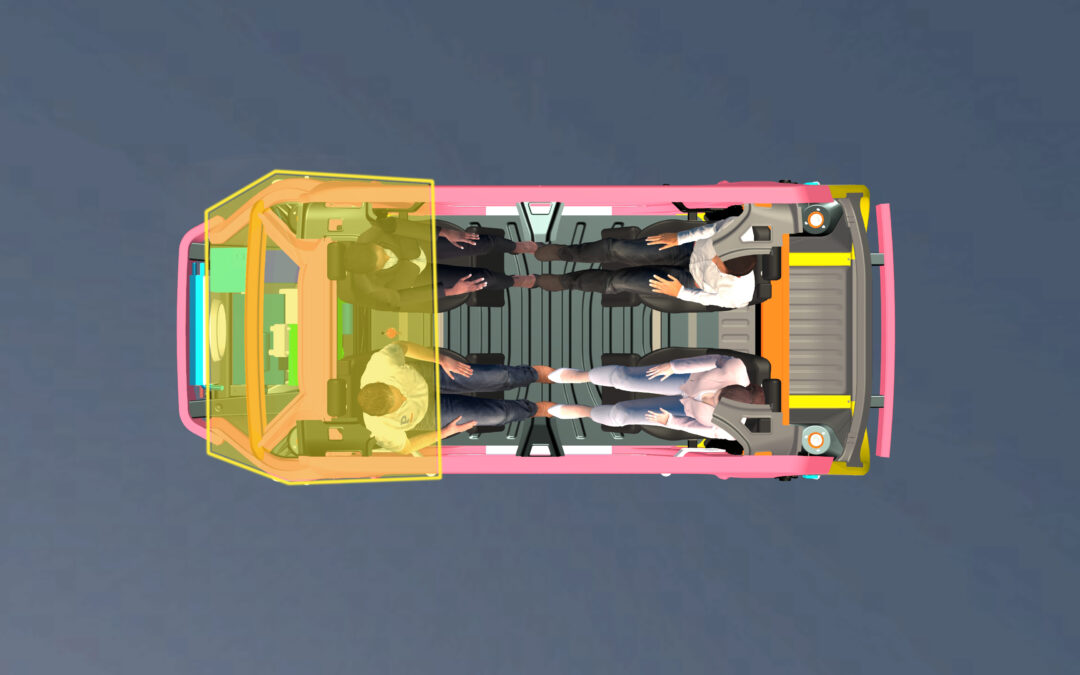
There will be accidents
As robotaxi companies in the USA prepare to launch their autonomous vehicles in more cities, safety is in the spotlight again. And quite rightly. Many autonomous mobility service companies have relied on two factors when developing their vehicles: active safety...
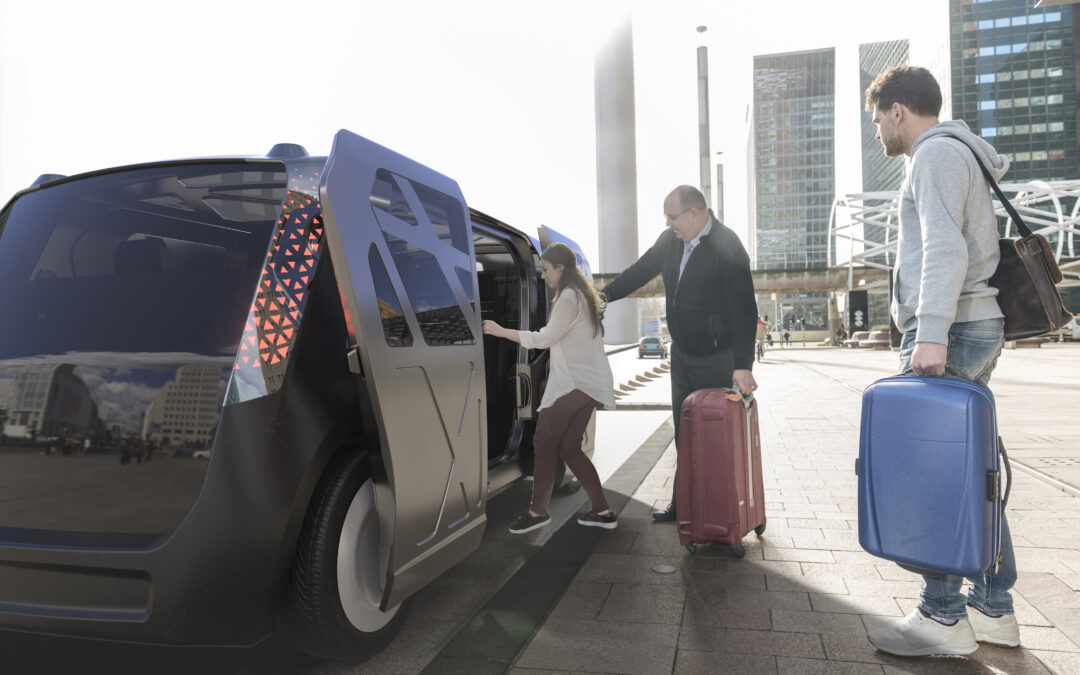
Steel E-Motive Concept for Autonomous Ride-Sharing Showcased at CoMotion LA
Latest advanced steel innovations offer a pathway to safe, comfortable, low-emission mobility Download PDF of this release (English) Download these images here. November 9, 2023, Los Angeles – The future of mobility is changing. The cities of tomorrow will require...
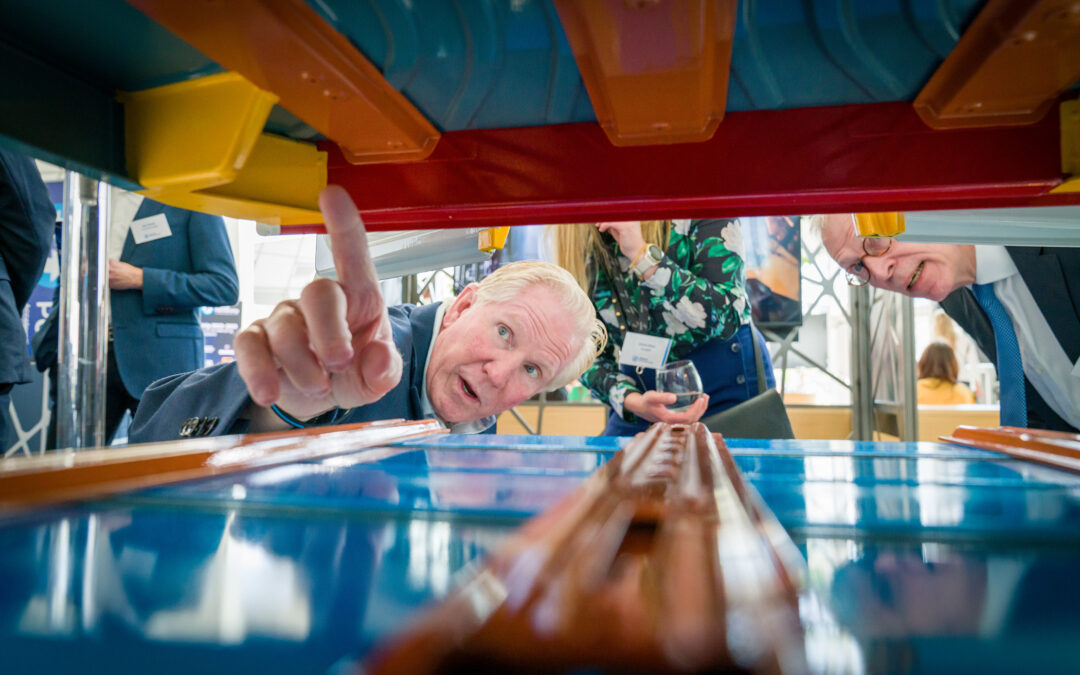
Steel E-Motive shows how autonomous, steel-based, ride sharing vehicles used within a green grid can significantly reduce CO2 emissions.
Steel: a sustainable solution for future mobility For decades, steel has been the traditional material of choice for automotive applications, and it now can be the sustainable option for future mobility. This is best demonstrated by WorldAutoSteel’s Steel E-Motive...
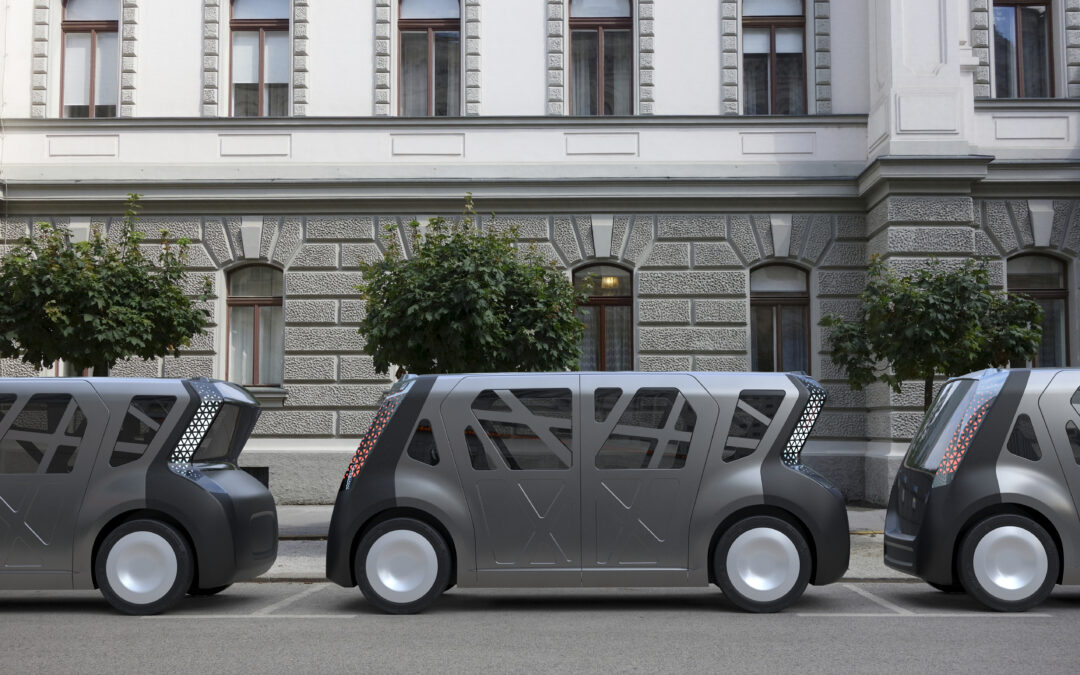
WorldAutoSteel Showcases Steel E-Motive: Fully Engineered Concepts Demonstrating Pathway to Net Zero for Ride Sharing Vehicles
World’s First Steel Body-in-White concept for autonomous MaaS vehicle applications delivers key sustainability, performance targets Download this press release as a Word document (English). Chinese version (pdf) German version (pdf) French Version (pdf) Italian...
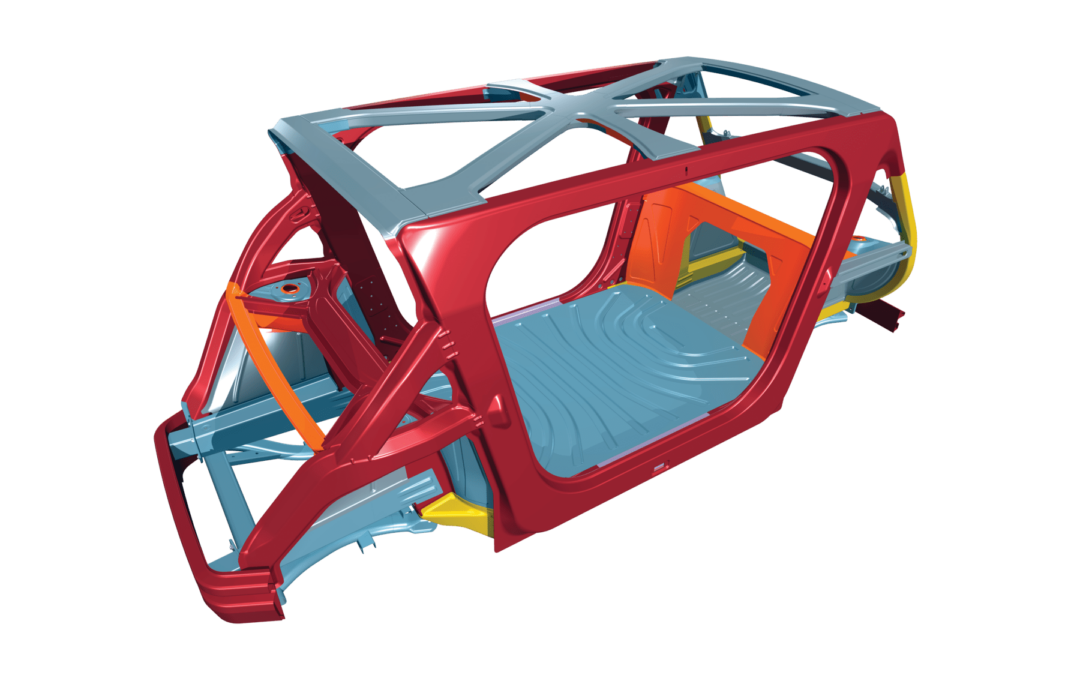
Steel E-Motive Engineering Report and Other Resources
Visit our resources page for detailed, downloadable information on Steel E-Motive, including the final engineering report, latest press release, images and more. Steel E-Motive is free to use without restrictions for mature OEMs to learn from the steel innovations for this 282 kg 4-passenger body structure for electric autonomous vehicles, as well as to give start-up fleet manufacturers a faster time to market.

Steel E-Motive Given Honorable Mention for the 2023 Altair Enlighten Award Future of Lightweighting Category
Traverse City, Mich. – August 1, 2023 – The Steel E-Motive vehicle, an electric, Level-5 autonomous ride-share vehicle, has been recognized with an Honorable Mention in the 11th annual Altair Enlighten Award, Future of Lightweighting Award. Presented in association...
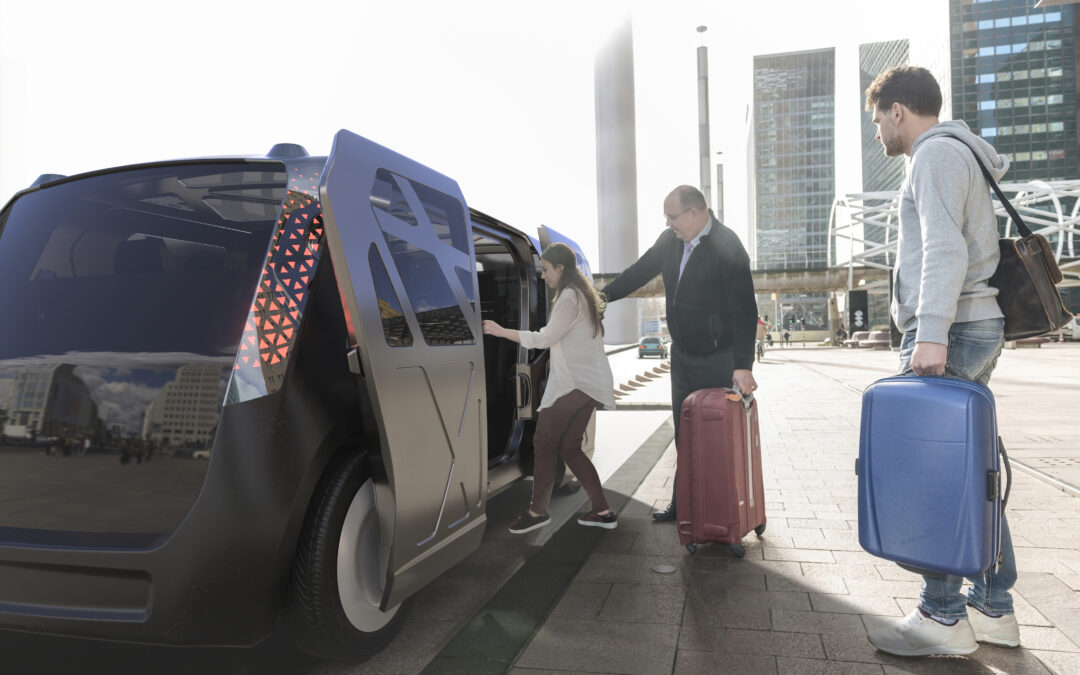
Steel E-Motive launches at Zemo 20th Anniversary
Game-changing Mobility as a Service (MaaS) vehicle concepts will be introduced to the UK for the first time at Zemo 20:Zero on 15 June
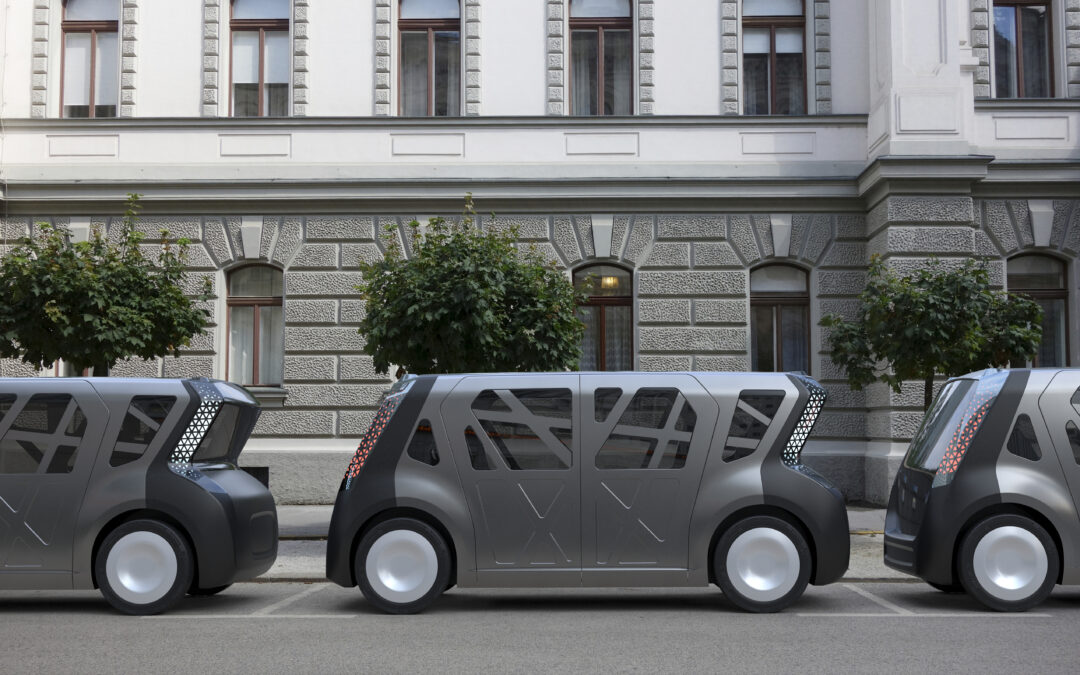
Steel E-Motive Events
New autonomous vehicle concepts offer emissions reduction of up to 86%

WorldAutoSteel plans global roll-out for MaaS solution
New autonomous vehicle concepts offer emissions reduction of up to 86%

A sustainable autonomous vehicle fit for purpose in a future mobility ecosystem
Designing an autonomous electric vehicle (EV) that is fit for use in the future involves a range of projections based on data that is currently available, coupled with engineering expertise. This includes conducting a Life Cycle Assessment (LCA) that looks at the...
